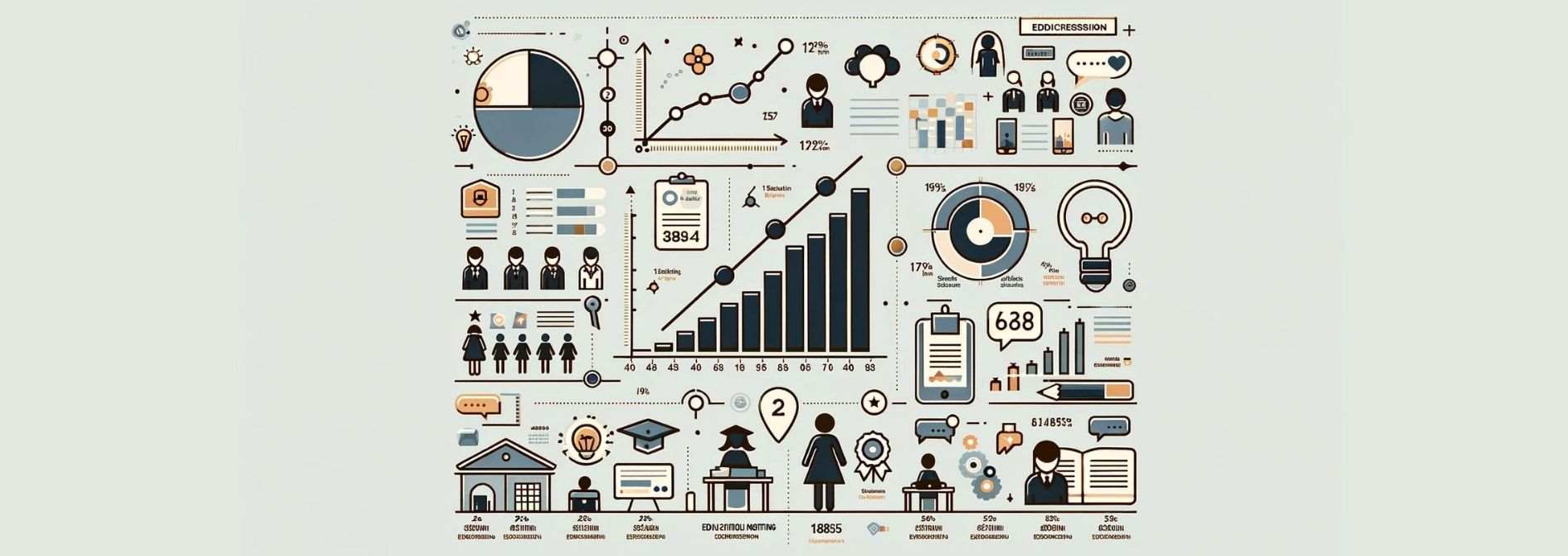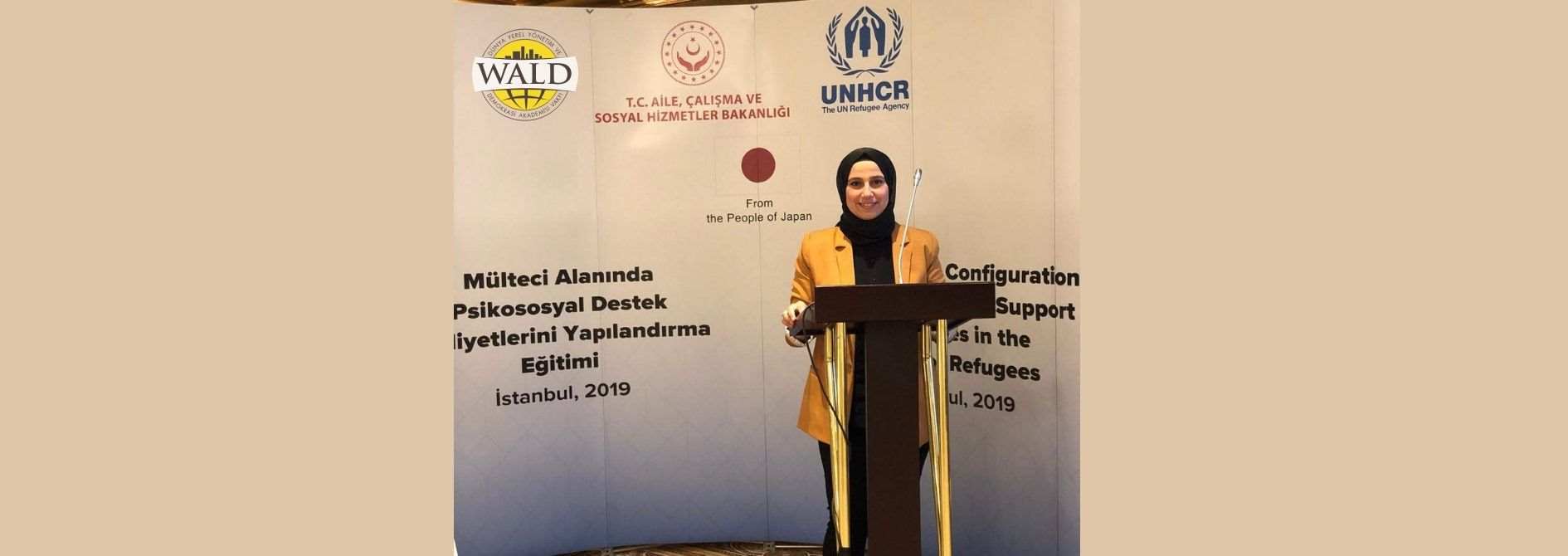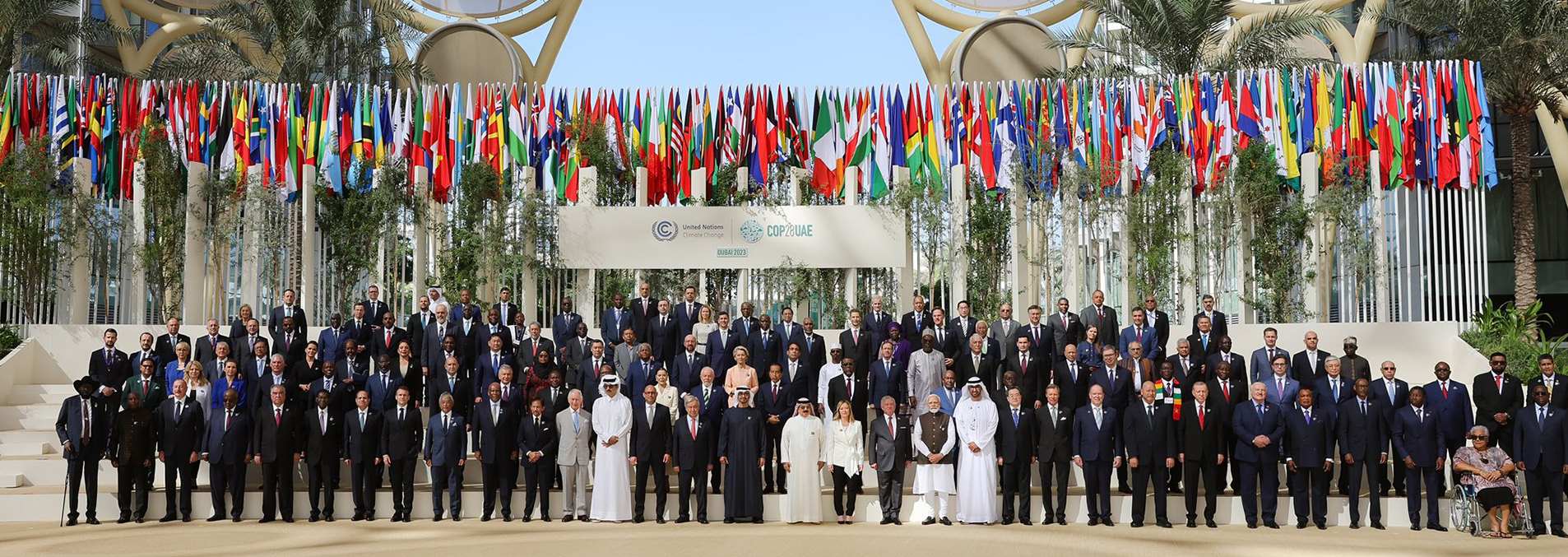The Importance of Disaster Protection and Resilient Cities in the Social Dimension
In our changing world, two main trends draw attention; population concentration in cities and the devastating effect of disasters. In addition to these two factors, climate change also poses a risk in increasing vulnerabilities. In addition, demographic changes play an important role. These systemic threats make cities more vulnerable, creating unpredictable situations for the future.
The increase in population in cities prepares the ground for the devastating effect of disasters. Densely populated cities will face huge losses if disaster strikes. However, it is possible to make cities resistant to disasters by taking the right precautions and increasing social awareness. A future full of hope can be built even in this challenging time, by ensuring sustainability, resilience and community safety with the cooperation of city administrators and the public. The creation of disaster-resilient cities can be achieved by increasing the durability of buildings and infrastructure and creating social awareness.
For this;
Community Safety and Awareness: Establishing cities that are protected against disasters aims to keep the safety and health of the community at the highest level. Advanced contingency plans enable effective disaster response and save lives. Along with these plans, communities act in an organized manner, away from panic and confusion, in case of disaster.
In cities protected against disasters, various education and awareness programs are organized to raise awareness of the public. Seminars organized on the causes, risks, precautions and emergency actions of disasters ensure that the society is prepared for disasters.
Social Solidarity: People's solidarity and assistance during disasters is vital. In the post-disaster recovery process, showing solidarity among affected communities and supporting each other accelerates the recovery process.
Accessibility and Inclusion: Including people with disabilities, people in need of protection and the elderly in emergency plans ensures that they are least harmed by the effects of disasters. In this way, cities emphasize the importance of an inclusive and accessible society.
Social Welfare: Cities protected against disaster care about the welfare of the people. Emergency preparedness, post-disaster response and recovery process help the society to survive economically and socially more quickly and return to its usual life.
Psychosocial Support: People affected by disasters also have difficult times psychologically. It is aimed to reduce the traumas caused by disasters and to recover the society in a psychologically healthier way by providing psychosocial support services and counseling opportunities in cities that are protected against disasters.
Reconstruction and Urban Transformation: Reconstruction and urban transformation projects to be carried out in cities after disasters should take into account social needs and ensure the participation of affected communities. In these processes, the demands and views of the society should be taken into account.
Cities that are protected and resilient against disasters are not only limited to structural resilience, but also have a strong social structure. The safety, awareness, solidarity and welfare of the society are critical elements in a successful fight against disasters. Therefore, it is of great importance that the social dimension is not overlooked.
Working together, we can build a more resilient and secure future.















